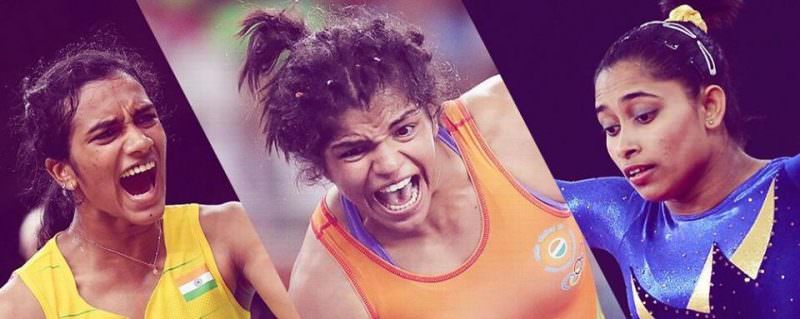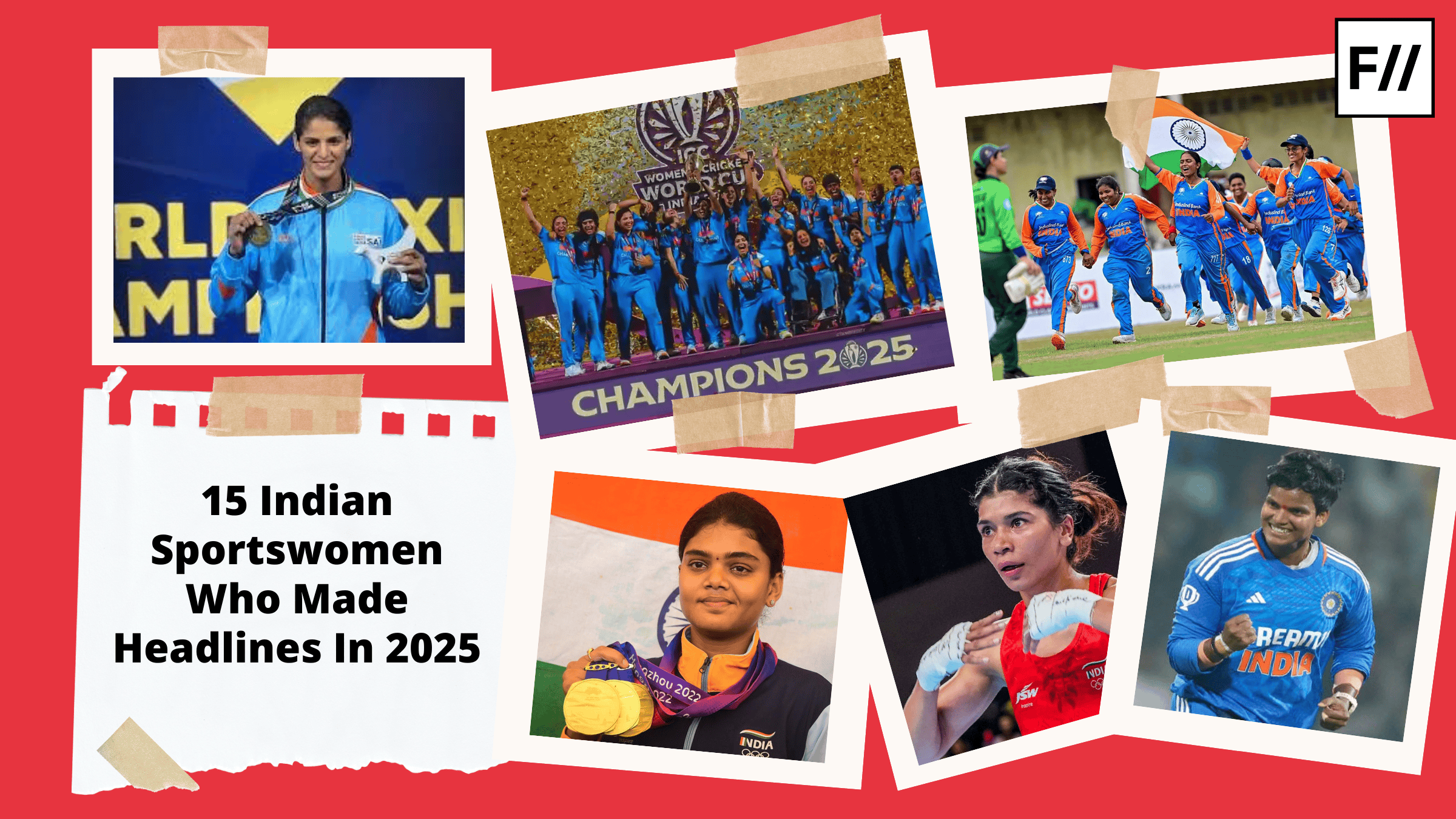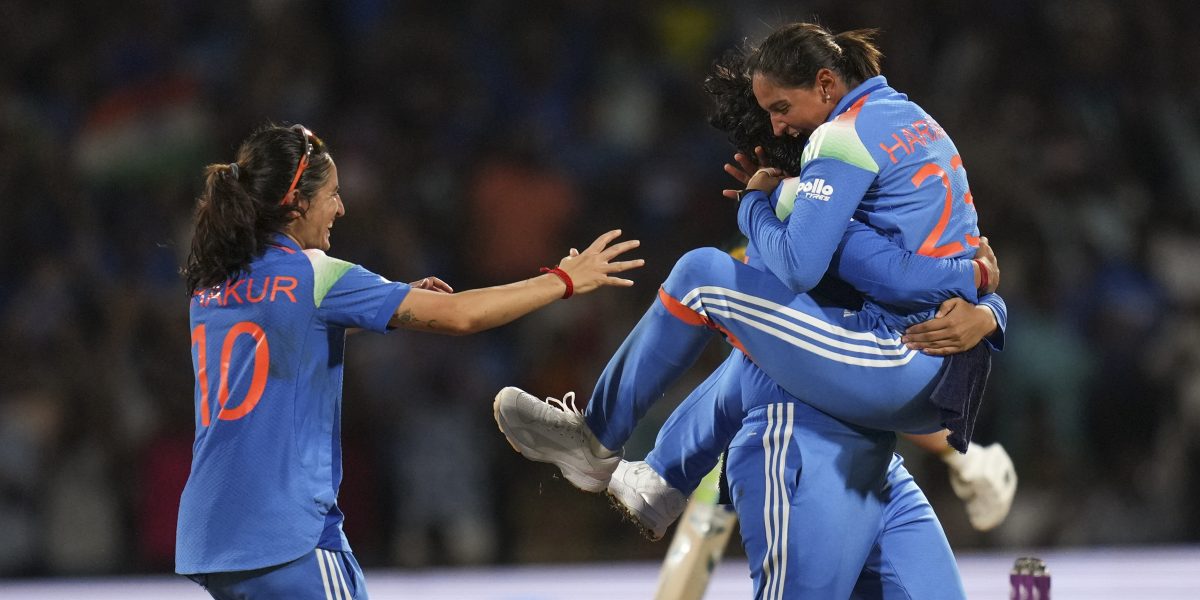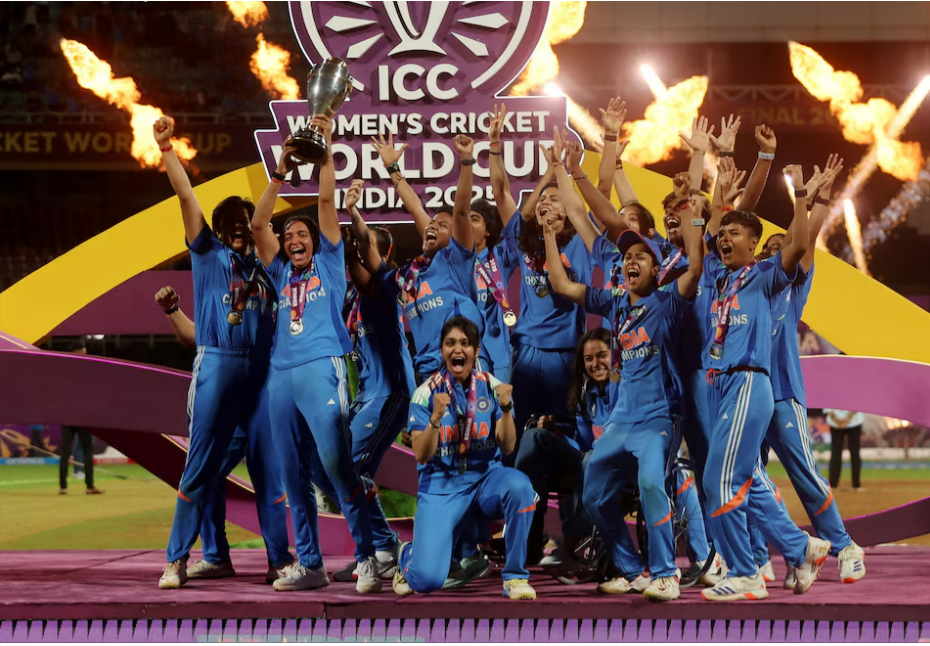Sports has always been considered a secondary option in our country. Youngsters are seldom encouraged by their parents to build a career in sports; it is often looked down upon a means of recreation.
On top of that, women’s exclusion from the field of sports has always been twofold; one because it is not considered a mainstream career and other because it is considered to be a masculine domain. Since sports emerged, men have established a dominance over the field and women have lagged behind due to the societal pressure on them to conform to gender norms. Since women and young girls are expected to do “feminine” work, their mark in the field of sports often goes unnoticed.
Since sports has always been a domain that constantly holds the attention of the society, media invests an ample amount of coverage to the field. Mediasport is a whole branch of media dedicated to the domain of sports and is a new trend in print media.
Mediasport includes sports magazines, e-magazines and articles in the sports pages of the newspapers. When it comes to reporting about sports Mediasport also reflects the sexist and discriminatory nature of the society.
Here are some of the issues that are common across newspapers when it comes to writing about sportswomen.
1. Objectification of Sportswomen

Image Credit: India Today

Image Credit: Sportsxm
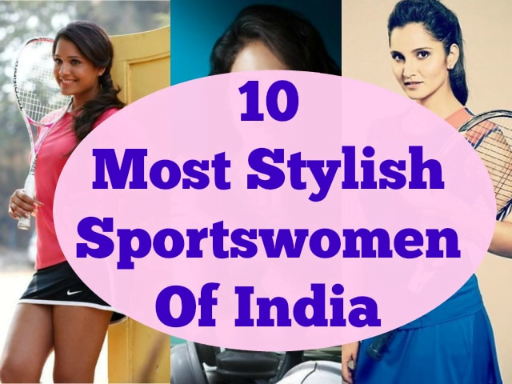
Image Credits: Beauty and Makeup Matters
In all the above news articles, media objectifies sportswomen. When writing about sportswomen, there is a lot of emphasis on their style statement and fashion sense rather than on their abilities and talent on the field.
As media and society are interdependent, media always tries to accommodate the views of the society in the kind of news that it presents before it, because, that is the only way it can attract the readers to read what they publish.
When sportswomen like Sania Mirza, P V Sindhu, Jwala Gutta get the attention of media, very little attention is given to their talent on the field and a lot of focus is dedicated to emphasizing that despite being a professional in a “masculine” domain like sports, these sportswomen have not lost their “feminine” aspects of being sexually attractive.
The objectification of sportswomen in media creates a negative impact on the mind of readers; it makes them believe that sportswomen have nothing of value except their physical attractiveness. Sports enthusiasts thus lose interest in watching women’s sports because they are not aware of the talents and achievements of sportswomen. They develop a perception that women’s sports is “boring”.
Also Read: Misogyny In Sports Makes Me Feel Like A Broken Tape Recorder*
Other negative impacts of such representation of sportswomen by the media are that when young boys follow men’s sports and think of pursuing it as a career, they get to know more about the specific talents of the sportsmen who they look up to as their role models. But, in the case of young girls, the situation is not the same, because few of the girls who are encouraged to follow sports usually follow men’s sports only because very less media attention is given to women’s sports.
Even if aspiring sportswomen follow women’s sports, they are fed information only about the physical attributes of sportswomen rather than their skills and talents, due to which they fail to recognise the fact that women have performed equally well in sports and they can also choose sports as a career.
2. Emphasis on Male Authority Figures

Image Credit: Catch News

Image Credit: Amar Ujala
In all the above news articles, one can see that the careers and achievements of these sportswomen are in some way attributed to male authority figures in their lives.
In most cases, the male entitlement of the success of the sportswomen is given to their coach. In other cases, it is their father (as in the case of Gita and Babita Phogat). Whenever a sportswoman succeeds in her field, her success is always attributed to something masculine.
When Sakshi Malik became the first woman wrestler to win an Olympic medal, she was called the “real life Sultan”, connecting her success to the fictional character Sultan played by Salman Khan. The media again proved their mindset of never giving women full credit for their success.

Image Credit: Hollywood Reporter
When writing about sportswomen, there is a lot of emphasis on their sexual attractiveness rather than their abilities and talent on the field.
After her marriage, Sakshi Malik’s first win was reported by Jagran as, “Sakshi sasural mein le kar ayegi Gold, Sasur gaye match dekhne” (“Sakshi will bring Gold to her in-laws’ house, her father-in-law came to watch her play”). Reporting like this about Sakshi Malik does not make sense. There is no relation to her winning a gold medal and her being married. The media gave more coverage to her father-in-law and the fact that she is married instead of her playing skills and performance.

Image Credit: Jagran
In the same way, whenever there is a news about Gita Phogat, she is referred to as the “Dangal Girl”. The movie was made way after she won the first medal for the country. But, still her name is always connected with the movie rather than her game.

Image Credit: Times Now
By attributing a sportswoman’s success with a man in their life or by comparing these “daughters of the nation” to the “sons of the nation”, media emphasizes the notion that in order to achieve success and be recognized in a male-dominated arena like sports, a woman has to compete on so-called “masculine” scales and be connected to men in some way or the other.
By attributing women’s success to men, media perpetuates sports as a man’s domain. In the same way, by objectifying sportswomen, media again emphasizes that they are “women” who conform to societal standards of being a woman and that is why the society should give them credit.
Also Read: Bowled Out Of Nationalism: The Exclusion Of The “Other” National Team
Featured Image Credit: ESPN
About the author(s)
Shinjinee grew up in the culturally diverse environment of Banasthali University, Rajasthan and since then has stayed in different cities of India. A graduate in English Literature from Banaras Hindu University, Shinjinee is pursuing her Master's in Women's Studies from TISS, Hyderabad and also holds a Diploma in Mass Communication from BHU.
